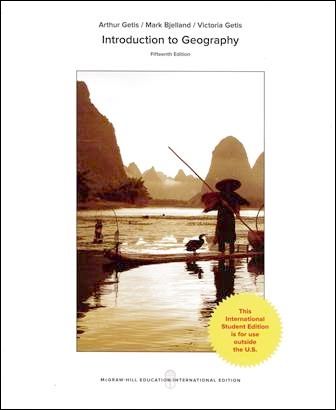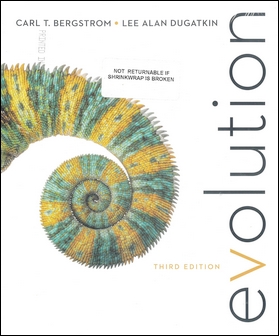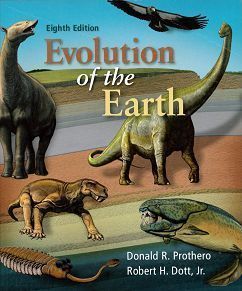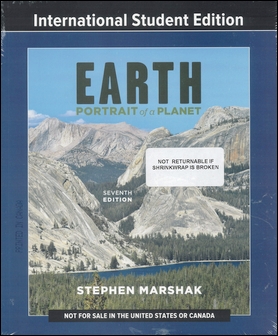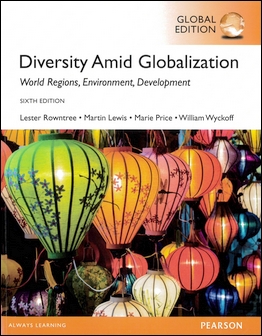書籍分類
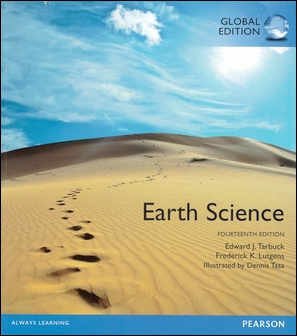
Earth Science 14/e
作者:Edward J. Tarbuck, Frederick K. Lutgens, Dennis G Tasa
原價:NT$ 1,980
內容介紹 本書特色 目錄
- Description
- Teach with an active learning path: Chapters have been broken up into small manageable sections that help students actively analyze information, assess their progress and think about Earth science.
- Use art that teaches. Each chapter contains 5-7 SmartFigures. SmartFigures are illustrations that use Quick Response (QR) codes to link students to lecture-style videos. Also found in each chapter and accessed by QR codes are Mobile Field Trips, where students virtually accompany Michael Collier on adventures to explore different landscapes.
- Cultivate an active learning environment that helps students achieve a deeper understanding of the text.
Ideal for undergraduates with little or no science background, Earth Science provides a student-friendly overview of our physical environment that offers balanced, up-to-date coverage of geology, oceanography, astronomy, and meteorology. The authors’ texts have always been recognized for their readability, currency, dynamic art program, delivery of basic principles and instructor flexibility.
This program will provide an interactive and engaging learning experience for your students. Here’s how:



